How to Properly Dispose of Cat Litter: A Complete Guide
As a responsible cat owner, it’s essential to ensure that your furry friend’s litter box is clean and hygienic. But what should you do with the used cat litter? Proper disposal is crucial to maintain a healthy environment for both you and your cat. In this comprehensive guide, we will explore the best ways to dispose of cat litter safely and efficiently. From traditional methods to eco-friendly alternatives, we’ll cover everything you need to know to make an informed decision.
The Importance of Proper Dispose Of Cat Litter
Maintaining a clean litter box is vital for your cat’s health and well-being. Failing to dispose of cat litter properly can lead to unpleasant odors, increased bacterial growth, and potential health risks for both you and your cat. By adopting the right disposal methods, you can create a safe and sanitary environment for everyone in your household.
Traditional Method: Throwing it Away in the Trash
One of the most common and straightforward ways to dispose of cat litter is by throwing it away in the trash. This method involves scooping the used litter into a heavy-duty garbage bag, tying it securely, and placing it in an outside trash can with a tight-fitting lid. The key steps for this traditional disposal method are as follows:
- Scoop the Litter: Use a litter scoop to remove urine clumps and solid waste from the litter box. Place them in a small trash bag or a designated litter disposal bag.
- Double Bagging: To prevent odor and bacterial leakage, double bag the scooped litter. Opt for heavier-duty garbage bags to withstand the weight of the litter.
- Proper Placement: Place the double-bagged litter in an outside trash can with a tightly fitting lid. Ensure that the trash can is not accessible to other animals to avoid any potential contamination.
It’s worth noting that clay litter, which is commonly used, can be dense and heavy. Therefore, using a heavier-duty garbage bag is essential to prevent any tearing or leakage.
Alternative Method: Composting the Litter
For environmentally conscious cat owners, composting the litter can be an eco-friendly option. However, it’s important to note that not all cat litters are suitable for composting. Only certain types, such as clay-based litters, corn-based litters, wheat-based litters, and compressed paper litters, are biodegradable and compostable. Here’s how you can compost your cat litter:
- Select the Right Litter: Ensure that the litter you use is specifically labeled as compostable. Avoid composting litter made from materials that may contain harmful chemicals or toxins.
- Choose a Composting Method: There are two main composting methods for cat litter: backyard composting and in-ground composting. Backyard composting involves using specialized composting bins or buckets, while in-ground composting requires creating a designated composting area in your yard.
- Safety Considerations: When composting cat litter, it’s essential to be aware of potential health risks. Cat feces can carry bacteria and parasites, such as Toxoplasma gondii, which can be harmful to humans and other animals. Avoid using composted cat litter on edible vegetable gardens and prioritize flower gardens instead.
- Proper Maintenance: Regularly turn and monitor your compost pile to ensure proper decomposition. Avoid composting in areas near water sources to prevent contamination.
Composting cat litter can be a sustainable solution for cat owners, but it requires careful attention to hygiene and safety measures. Consult local guidelines and regulations regarding composting in your area.
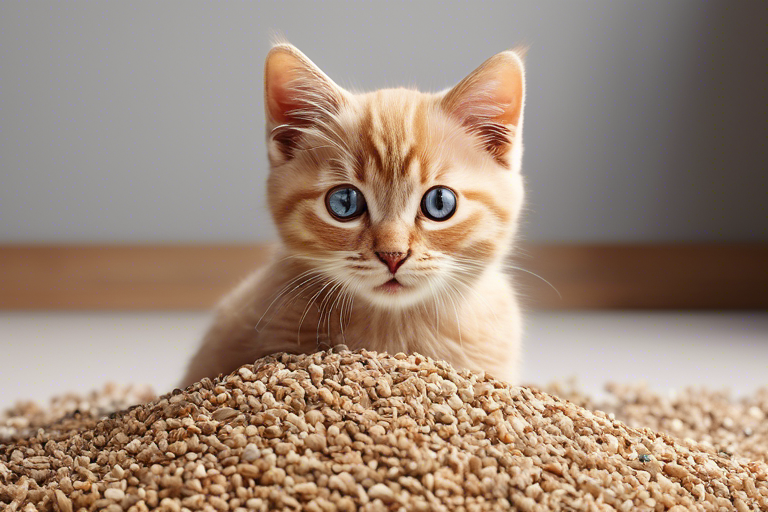
Flushing Method: Is it a Viable Option?
Some cat litters claim to be flushable, but it’s essential to exercise caution when considering this method. While certain litters, like corn-based, wheat-based, and pine-based litters, are deemed flushable, most common litters, including clay-based and silica-based litters, are not suitable for flushing. Here are some important points to consider:
- Read Product Labels: Before flushing any cat litter, carefully read the product labels to determine if they are specifically labeled as flushable. Follow the manufacturer’s instructions regarding flushing.
- Potential Plumbing Issues: Standard clumping litters can cause serious damage to your plumbing due to their clumping properties. Flushing non-flushable litter can lead to clogged pipes and costly repairs.
- Bacterial Exposure: Flushing cat litter poses the risk of bacterial exposure, as most toilets do not have a water filtration system to eliminate bacteria found in cat or human feces. Parasites like Toxoplasma gondii can survive wastewater treatment processes and potentially contaminate water sources.
If you decide to flush cat litter, only flush small amounts at a time to avoid overwhelming your plumbing system. Always prioritize the safety and functionality of your plumbing.
Additional Considerations for Cat Litter Disposal
In addition to the primary disposal methods mentioned above, there are a few more factors to keep in mind when disposing of cat litter:
Odor Control
Cat litter can emit unpleasant odors, especially when left in a trash can for an extended period. To minimize odor, consider using odor control products, such as litter deodorizers, scented litter, or odor-absorbing cat litter. Additionally, regular scooping and cleaning of the litter box can significantly reduce odor buildup.
Health and Safety Precautions
When handling cat litter, always prioritize your health and safety. Use gloves and wash your hands thoroughly after coming into contact with the litter. Pregnant women should take extra precautions due to the potential health risks associated with Toxoplasma gondii.
Disposal Frequency
Regularly scooping the litter box is crucial for maintaining a clean environment. The frequency of disposal may vary based on the number of cats you have and the type of litter used. As a general guideline, scoop the litter box at least once a day and completely replace the litter every one to two weeks.
Local Regulations and Guidelines
It’s essential to be aware of any local regulations or guidelines regarding cat litter disposal in your area. Some municipalities have specific rules for handling and disposing of cat waste. Familiarize yourself with these regulations to ensure compliance and environmental responsibility.
Conclusion
Properly disposing of cat litter is a fundamental responsibility for every cat owner. Whether you choose the traditional method of throwing it away in the trash, opt for eco-friendly composting, or consider flushing (with caution), it’s crucial to prioritize hygiene, safety, and environmental impact. By following the guidelines outlined in this guide, you can create a clean and healthy environment for both you and your feline companion. Remember, a clean litter box is essential for your cat’s well-being and your peace of mind.
Additional Information:
- If you live in an apartment or have limited outdoor space, consider using specialized litter disposal systems or services that provide convenient and odor-controlled solutions for cat litter disposal.
- Always consult with your veterinarian for specific recommendations on cat litter disposal, especially if your cat has any health conditions or special needs.
- Explore alternative cat litter options that are biodegradable and environmentally friendly, reducing the ecological impact of cat waste.

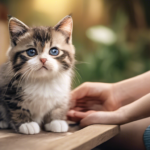

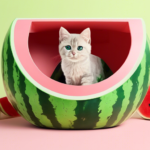
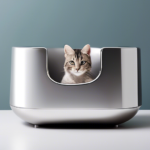
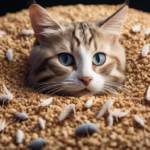
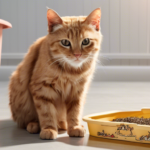
1 thought on “How to Properly Dispose of Cat Litter: A Complete Guide”